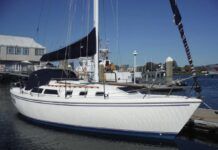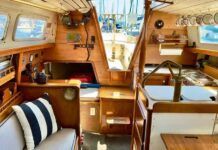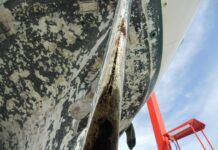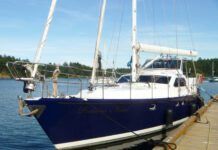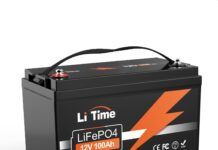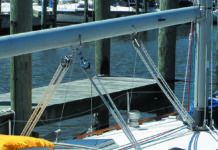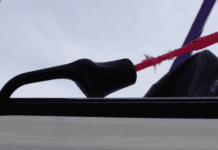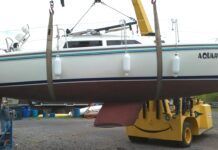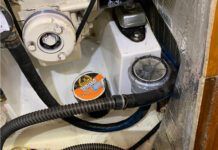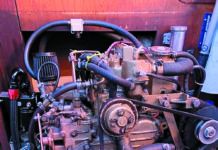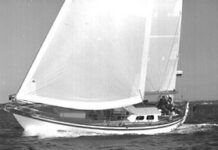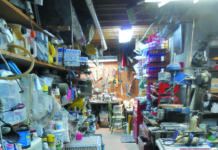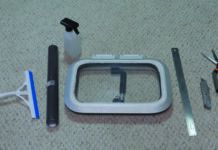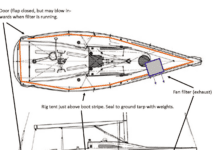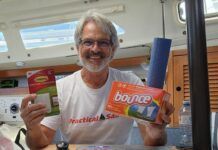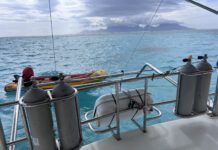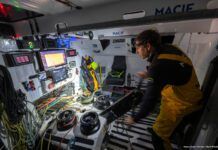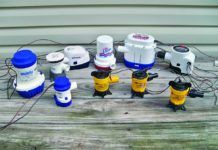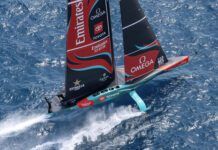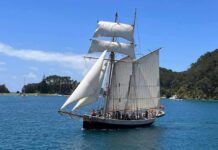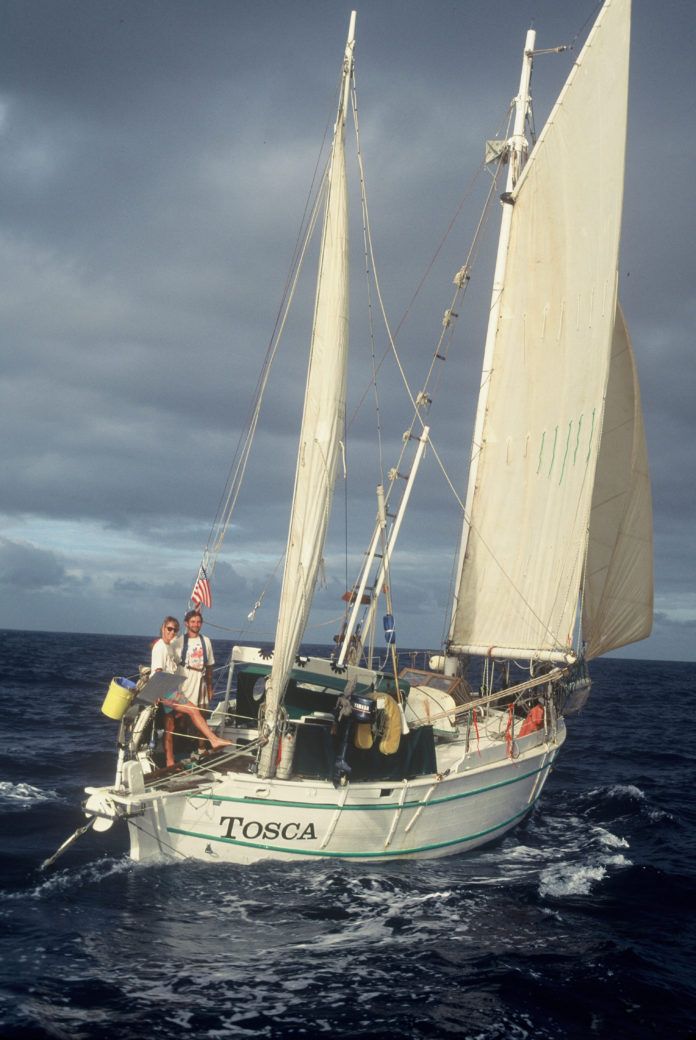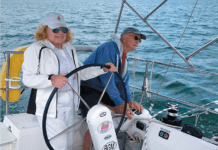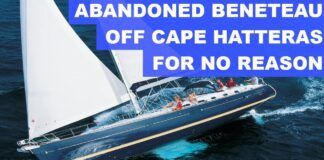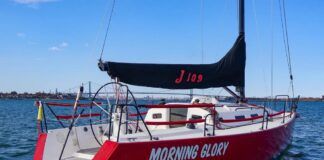Anyone who goes to sea in a well-built boat is bound to believe it has a soul. For how else could an object of wood, metal, or plastic so deftly cleave a breaking sea, or hold a true course with the helm unattended? And how else could a genoa in perfect trim, nothing more than a tenuous arrangement of molecules make our hearts beat faster?
Of course, there are those of us who more easily adopt this conviction. To believe otherwise would concede wed lost our wits long ago, when our boat spoke to us, offered advice, and consoled us in times of despair.
Still, I don’t think every boat is assured a soul. Fiberglass and metal boats, for instance, start with a minor soul deficiency, and need a little boost to become complete. This opinion was likely forged by my wooden boat years, when the mantra, “Yes, plastic boats are easy to care for . . . but so are plastic flowers,” sustained me through a decade of hard labor.
Of course, to believe that boats have souls raises the second question: What is the source of this atman? The easiest explanation is also one of the oldest: The artist or creator is also the animator. Its easy to imagine a bit of Olin Stephens in Stormy Weather, but how much of Bill Shaw remains in a thoroughly rebuilt Triton?
This question, I think, leads us closer to the truth.
About five years ago, I was walking the docks at the Coral Reef Yacht Club in Coconut Grove, Fla. I had been invited to sail aboard Comanche, a legendary SORC racer designed by Wirth Munroe, son of the South Florida pioneer Ralph Munroe, whose adventures on Biscayne Bay inspired my childhood escapades. It was, by birthright, a soulful boat.
Oddly, the proud owners of Comanche were more interested in showing me another boat a mere production model at that. The modest sloop, a Morgan 41, was the talk of the docks it seems, and I quickly saw why. Though launched in 1968, the graceful center-boarder looked as clean and new as any show boat (and far more beautiful to my eye). It’s name is Circe III, and its photo is on the cover of our March 2007 issue.
Over the course of three years, the owners David and Susan Woolsey, with the guidance and occasional help of professionals, had gutted and rebuilt Circe III. This was no cosmetic makeover. A structural fiberglass grid was added along the keel. The hull-and -deck joint was fiberglass-taped to form a monocoque hull. Ive seen many boats, ranging from Allied Seawinds to Block Island 40s, whose owners have undertaken bare-hull restorations, but none of them could compare to this.
It was then that I realized that with every ounce of sweat we pour into a hull truly a reservoir for dreams so goes a bit of our own soul, too. It is by the rub of the buffer or stroke of the brush, that our boats truly live and breathe.
At least this is what I tell myself this morning, as once again the rites of spring loom large.



